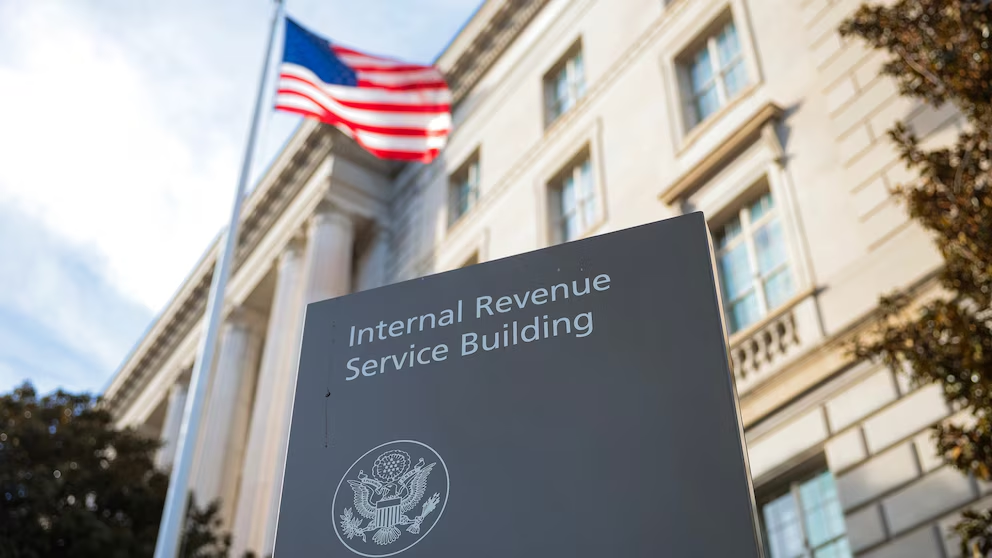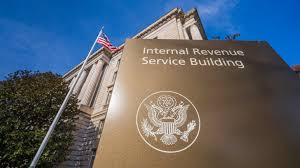Table of Contents
Planning for retirement starts with understanding how much you can contribute to your 401(k). Each year, the IRS sets new contribution limits that help guide how much employees and employers can add to these retirement accounts. In 2025, those limits have increased, giving workers more opportunities to save. Whether you are early in your career or closer to retirement, knowing the rules for contributions can make a real difference in your financial future.
The updated limits apply to personal contributions as well as those made by employers, and there are also specific rules for older workers. For a more complete picture, the 401(k) guide from EP Wealth Advisors breaks down everything you need to know. The guide explains the details of annual limits, including how much you can contribute if you’re over 50. It also covers the total amount that can be added to your account when employer contributions are included. Understanding these rules helps workers make smart choices about retirement savings.
2025 Personal Contribution Limits

For 2025, the IRS has increased the personal contribution limit for employees. Workers under the age of 50 can now contribute up to $23,000 to a traditional or Roth 401(k). This amount is a jump from previous years and reflects inflation adjustments. If you are paid biweekly, that breaks down to a little over $880 per paycheck to reach the full amount. Many workers set up automatic payroll deductions to make this easier. Contributing regularly can also reduce your taxable income, depending on the type of account you choose.
Catch-Up Contributions for Workers Over 50
Older workers get a bit more flexibility. If you are 50 or older, the IRS allows you to make catch-up contributions in addition to the standard limit. For 2025, the catch-up amount remains at $7,500. This means you can contribute up to $30,500 total if you qualify. These extra contributions are designed to help people close to retirement boost their savings. Many find this option useful if they started saving later in life or want to take full advantage of tax benefits.
Special Catch-Up Rules for Ages 60 to 63
The IRS introduced another rule for those aged 60 to 63. Starting in 2025, people in this age group may be allowed to contribute more than the standard catch-up amount. This rule is part of a new effort to support workers nearing retirement who need more time to save. While the exact amount depends on IRS calculations, it will be greater than the regular catch-up limit. These rules do not apply automatically, so it is important to check with your plan administrator. Not every 401(k) plan includes this special provision.
Total Limits Including Employer Contributions
The IRS also sets a combined limit for both employee and employer contributions. For 2025, the total amount that can be added to a 401(k) is $76,000. If you make personal contributions and your employer matches or adds funds, the combined total cannot go above this limit. This applies to all plans, regardless of company size or employee income. High earners often reach this cap, especially if they receive generous employer contributions. Planning your contributions with this in mind can help you avoid tax penalties.
Tax Benefits of 401(k) Contributions
One of the reasons 401(k) plans remain popular is the tax advantage. Traditional 401(k) contributions lower your taxable income in the year you make them. This can result in a lower tax bill during your working years. Roth contributions, on the other hand, grow tax-free and offer benefits in retirement. The choice depends on your current income and future tax expectations. Many financial advisors suggest a mix of both when possible.
Knowing the IRS contribution limits for 2025 helps you plan more effectively for your retirement. These limits are more than just numbers. They offer a clear opportunity to grow your savings and build a secure future. Whether you are making regular contributions, catch-up contributions, or receiving employer support, staying within the rules matters. The 401(k) system continues to be a reliable option for long-term savings. With higher limits this year, it is the perfect time to take full advantage and invest in your financial future.
